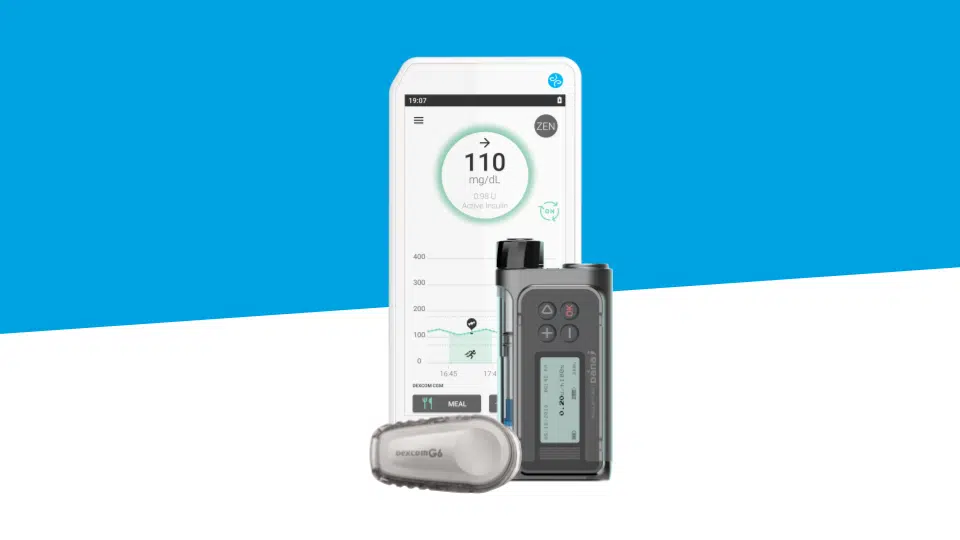
LADA, MODY, Etc. “Other” Types Of Diabetes
Diabetes is not one single disease, but actually a spectrum of diseases. New diagnostic methods have revealed numerous other forms of the disease, in addition to Type 1 and Type 2 diabetes.
False Type 2 Diabetes… True Type 1: LADA Diabetes
Some forms of Type 1 diabetes in adults may initially appear like Type 2 diabetes and oral medication will initially manage the condition, misleading doctors and patients alike.
But treatment soon needs to be stepped up and insulin becomes necessary. In addition, tests for autoantibodies come back positive. It is at this point that a diagnosis of Type 1 diabetes can be made. This is a “late onset Type 1 diabetes” or LADA (Latent Autoimmune Diabetes in Adults), which is initially misleading. It is thought that a little over 3% of people diagnosed with “Type 2 diabetes” may actually have Type 1 diabetes.
MODY Diabetes (Maturity Onset Diabetes Of The Young)
MODY is a rare form of diabetes with a known genetic cause. The autoantibodies usually detected for the diagnosis of Type 1 diabetes are absent. Testing for this type of diabetes is performed in the event of suspected Type 2 – or, more rarely, Type 1 – diabetes in young patients with moderate hyperglycemia, who are not overweight and who normally have a family history of several relatives with the disease.
Several different types of MODY have been described and their clinical presentation differs depending on the genetic mutation involved. The mutation usually causes a malfunction of the beta cells in the pancreas.
Wolfram Syndrome
Wolfram Syndrome, also called DIDMOAD (diabetes insipidus, diabetes mellitus, optic atrophy, and deafness), is a degenerative disease, also caused by a genetic mutation. This disease affects other organs and primarily causes neurosensory and urinary tract damage.
Mitochondrial Diabetes Or Maternally-Inherited Diabetes And Deafness (MIDD)
This hereditary diabetes is transmitted by the mitochondrial DNA and accounts for 0.2 to 3% of all diabetes cases. It is passed on exclusively from mother to child and affects both boys and girls. Diabetes usually develops in adulthood, beyond the age of 30, and is very often associated with deafness.
Read more: Diabetes And Pregnancy: Potential Risks And Complications
Neonatal Diabetes
Neonatal diabetes affects 1 birth out of every 100 to 500,000. It corresponds to the development of hyperglycemia – and hence diabetes – in the first weeks of life, requiring insulin treatment. Neonatal diabetes may be transient, with the diabetes returning later in life. It may also be permanent. It is sometimes accompanied by organ malformation(s). Neonatal diabetes is very often a genetic condition and a number of genes may be affected by the mutation.
Read more: Type 1 Diabetes In Children: Becoming Independent
Secondary Diabetes Caused By Pancreatic Disease
Finally, and more generally, any damage to the pancreas, which is the only organ in the body capable of producing insulin, can trigger diabetes. For instance, some blood diseases, infections like mumps or rubella (German measles), as well as certain medicines, drugs or toxic substances, like alcohol, or some types of cancer can damage the pancreas. This type of diabetes is called secondary diabetes.
In these types of cases, the diabetes and associated hyperglycemia may be temporary or, more often, permanent, depending on the cause.
To sum up, there are many types of diabetes, although Type 1 and Type 2 are the most commonly diagnosed ones. Regardless of the diabetes types (genetic, autoimmune, latent or secondary), the treatment goal remains the same: to keep blood sugar levels in a target range.







